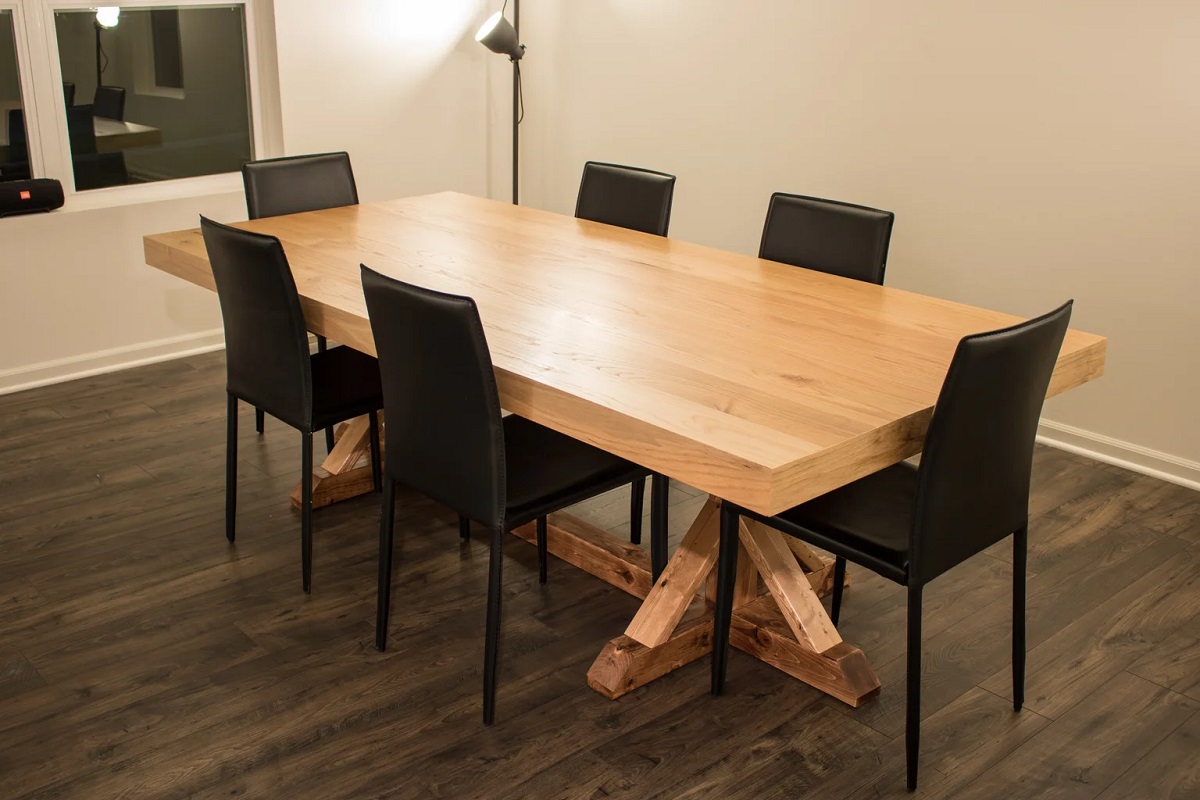

Tableware
How Thick Should A Dining Table Be?
Modified: December 7, 2023
Discover the optimal thickness for dining tables and elevate your tableware experience. Explore our guide on how thick a dining table should be for a perfect balance between style and functionality.
(Many of the links in this article redirect to a specific reviewed product. Your purchase of these products through affiliate links helps to generate commission for Storables.com, at no extra cost. Learn more)
Introduction
When it comes to choosing a dining table, there are many factors to consider. One important aspect that often gets overlooked is the thickness of the table itself. The thickness of a dining table not only affects its overall appearance but also its durability and functionality. In this article, we will explore the importance of thickness in a dining table and provide insights on how to determine the right thickness for your needs.
Choosing the appropriate thickness for your dining table is crucial as it plays a significant role in the overall aesthetics of your dining space. A table that is too thin may appear flimsy and lack visual impact, while a table that is too thick could overpower the room or inhibit legroom for your guests. Striking the right balance between aesthetics and functionality is key.
Aside from aesthetics, the thickness of a dining table also affects its durability and lifespan. A thicker table is generally more sturdy and less prone to sagging or warping over time. It can withstand the weight of heavy dishes, pots, and pans, and provide a stable surface for dining and entertaining. Additionally, a thicker table is more resistant to impact and can better withstand daily wear and tear.
Factors such as the type of wood, the table’s design, and the intended use of the dining table all come into play when determining the appropriate thickness. Let’s dive deeper into these factors to help you make an informed decision when selecting the thickness for your dining table.
Key Takeaways:
- The thickness of a dining table is crucial for its appearance, durability, and functionality. Striking a balance between aesthetics and practicality is essential when choosing the right thickness for your dining space.
- Factors such as room size, table material, and intended use play a significant role in determining the appropriate thickness for a dining table. Consider these factors to ensure that your table complements your space and meets your needs.
Read more: How Thick Should A Dining Table Top Be
Importance of Thickness in a Dining Table
The thickness of a dining table is an essential consideration as it directly impacts its appearance, durability, and functionality. A well-chosen thickness can elevate the overall aesthetics of your dining space and create a focal point that exudes elegance and style.
First and foremost, the thickness of a dining table contributes to its visual impact. A thicker table commands attention and adds a sense of grandeur to your dining area. It can create a strong presence and become the centerpiece of your space, especially if you opt for a solid wood table with a substantial thickness. On the other hand, a thinner table gives a more minimalist and modern vibe, perfect for those seeking a sleek and understated look.
When it comes to durability, a thicker dining table tends to be sturdier and more resistant to wear and tear. The additional thickness adds strength and stability, making the table less likely to sag or warp over time. This is particularly important if you frequently host gatherings or have a busy household. With a thicker table, you can rest assured that it can withstand the weight of heavy dishes, pots, and pans without compromising its structural integrity.
The thickness of a dining table also affects its functionality. A thicker table provides a more comfortable dining experience, as it offers ample legroom for you and your guests. Thinner tables may not provide the same level of comfort, especially if you have taller chairs or if people need to cross their legs while sitting. By choosing a table with an appropriate thickness, you can ensure that everyone can dine in comfort and enjoy their meals without feeling restricted or cramped.
Moreover, a thicker table can better absorb impact and resist damage. Accidental bumps or knocks are less likely to leave visible dents or indentations on a thicker table compared to a thinner one. This is especially important if you have young children in your home or if you tend to use your dining table for purposes other than just dining.
In summary, the thickness of a dining table plays a crucial role in its overall aesthetics, durability, and functionality. By carefully considering the appropriate thickness for your needs, you can select a table that not only enhances the visual appeal of your dining space but also withstands the test of time and provides a comfortable and enjoyable dining experience for years to come.
Factors to Consider When Determining Thickness
Choosing the right thickness for your dining table involves considering several key factors to ensure that you strike the perfect balance between aesthetics, durability, and functionality. Here are some important factors to keep in mind:
- Table Material: The type of material used for your dining table will impact the appropriate thickness. Solid wood tables, for example, can generally handle thicker dimensions due to their natural strength. On the other hand, tables made from engineered wood or glass may be better suited to thinner profiles.
- Table Design: The design and style of your dining table should also be taken into account. Traditional or rustic designs often lend themselves well to thicker tabletops, enhancing their classic appeal. Modern and contemporary designs, on the other hand, may benefit from thinner tabletops to maintain their sleek and minimalist aesthetic.
- Room Size: The dimensions of your dining room or space should be considered when determining the appropriate thickness. A large dining room can accommodate thicker tables without overwhelming the space, while smaller rooms may benefit from thinner tables to create a more open and spacious feel.
- Table Base: The type and structure of the table base can also influence the thickness of the tabletop. A sturdy and robust base can support a thicker tabletop, while a more delicate or minimalistic base may call for a thinner profile to maintain balance and visual harmony.
- Intended Use: How you plan to use your dining table is an important consideration. If you frequently entertain large groups or have young children who may put additional stress on the table, opting for a thicker tabletop can provide added durability and longevity.
While considering these factors, it’s important to strike a balance between visual aesthetics, durability, and functionality. A table that is too thick may overpower the space or create discomfort for users, while a table that is too thin may lack stability or compromise its longevity.
Ultimately, the decision on the appropriate thickness of your dining table will depend on your personal preferences, the style of your dining area, and how you intend to use the table on a daily basis. Take the time to assess your needs and consider these factors to make an informed decision that will result in a dining table that perfectly suits your requirements.
Common Thickness Options for Dining Tables
When it comes to the thickness of dining tables, there are a few common options that you can choose from based on your preferences and requirements. Here are the typical thickness ranges for dining table tops:
- 3/4 inch to 1 inch: This is a popular thickness range for dining tables. It strikes a balance between elegance and functionality, providing a sturdy and durable surface without appearing too bulky. Tables in this range are suitable for various styles, including traditional, modern, and transitional designs.
- 1.25 inches to 1.5 inches: A thicker tabletop in this range offers a more substantial and visually impactful presence. It can add a sense of grandeur to your dining space, particularly if you prefer a more regal or rustic style. Thicker tabletops also provide enhanced durability and stability.
- 2 inches and above: For those seeking a truly statement-making dining table, a thickness of 2 inches or more can deliver an impressive and majestic look. However, keep in mind that thicker tabletops require sturdy construction and may be heavier to handle. They are best suited for spacious dining areas and styles that can accommodate their commanding presence.
These thickness ranges are not set in stone, and you can find variations within each range based on individual manufacturers and customizations. It’s important to note that the thickness includes the table’s top surface, which may be supported by additional layers or materials underneath.
When selecting a thickness for your dining table, consider factors such as the material, design, room size, and intended use. Each thickness range offers its own unique benefits and visual appeal, so choose the option that best aligns with your desired style and functional requirements.
Keep in mind that thicker tables may visually dominate smaller spaces, while thinner tables could look disproportionate in larger areas. Consider the overall harmony and balance of your dining space when deciding on the appropriate thickness for your table.
Ultimately, the goal is to find a thickness that not only complements your design aesthetic but also provides the desired level of durability and functionality for everyday use. Take the time to explore different thickness options and consult with furniture professionals to ensure that you make an informed decision.
A standard dining table should be around 1.5 inches thick to provide stability and support for everyday use. However, for a more substantial and luxurious look, a thicker tabletop of 2 inches or more can be chosen.
Pros and Cons of Different Thicknesses
When considering the thickness of a dining table, it’s important to weigh the pros and cons of different options to make the best decision for your needs. Here are the advantages and disadvantages of different thicknesses:
-
1. 3/4 inch to 1 inch:
- Pros: Tables in this thickness range offer a good balance between aesthetics and functionality. They are sturdy enough to withstand daily use and provide a stable surface for dining. These tables are versatile and can complement various design styles, making them a popular choice for many homeowners.
- Cons: While this thickness provides adequate strength, it may not have the same visual impact as thicker options. If you’re looking for a more substantial and grandiose appearance, you may find this thickness range lacking in that regard.
-
2. 1.25 inches to 1.5 inches:
- Pros: Tables with thicker tops in this range offer enhanced durability and stability. They have a majestic presence and can be a focal point in your dining space. Thicker tabletops also provide a luxurious look that adds an air of sophistication to your dining area.
- Cons: The increased thickness may make the table heavier, which could make it more difficult to move or transport. It’s important to ensure that the table’s base is sturdy enough to support the weight of a thicker tabletop. Additionally, tables in this range may be pricier due to the additional materials and craftsmanship involved.
-
3. 2 inches and above:
- Pros: Tables with very thick tops make a bold and dramatic statement. They exude a sense of luxury and opulence, making them ideal for grand dining spaces or for those who desire a truly eye-catching centerpiece. Additionally, the extra thickness provides exceptional durability and stability, ensuring the table can withstand heavy use.
- Cons: The major drawback of tables with such thickness is their weight. They can be quite heavy, making them challenging to move or reposition. Moreover, these tables require careful consideration of their support structure, as a solid and robust base is necessary to handle the weight and maintain stability.
It’s important to consider your specific needs and preferences when evaluating the pros and cons of different thicknesses. Think about the style of your dining area, the practical requirements of your household, and the overall visual effect you want to achieve. By carefully weighing these factors, you can make an informed decision that strikes the perfect balance between functionality and aesthetics.
Remember, your dining table should not only serve as a functional piece but also enhance the overall appearance of your dining space. Take the time to explore different thickness options, consider the advantages and disadvantages, and consult with furniture professionals to ensure that you make the right choice for your needs.
Read more: How Thick Should A Ping Pong Table Be?
Choosing the Right Thickness for Your Dining Table
Choosing the right thickness for your dining table is a crucial step to ensure that it meets your aesthetic preferences, functional needs, and budget. Here are some key considerations to help you make an informed decision:
- Style and Design: Consider the overall style and design of your dining space. If you have a traditional or rustic-themed room, a thicker tabletop in the range of 1.25 to 1.5 inches would complement the classic aesthetic. For a modern or minimalist setting, a thinner tabletop in the range of 3/4 inch to 1 inch might be more suitable.
- Table Material and Construction: The type of material and construction methods used for your dining table will impact the appropriate thickness. Solid wood tables can generally handle thicker dimensions, while tables made from engineered wood or glass are better suited to thinner profiles.
- Room Size and Proportions: Consider the dimensions of your dining area. A larger room can accommodate thicker tables, while smaller spaces may benefit from thinner options to maintain a sense of openness. It’s essential to strike a balance between the table’s thickness and the available space, ensuring that it fits proportionally within the room.
- Intended Use: Evaluate how you plan to use the table on a daily basis. If you frequently host gatherings or have young children who may subject the table to higher levels of wear and tear, opting for a thicker tabletop will provide added durability and longevity.
- Budget: Pricing can vary based on the thickness and material of the dining table. Thicker tabletops often involve more materials and craftsmanship, which can result in higher costs. Set a budget that aligns with your needs and explore options within that range.
It’s crucial to strike a balance between aesthetics and functionality when choosing the thickness of your dining table. Consider the visual impact you want to achieve while ensuring that the table can withstand daily use and provide a comfortable dining experience.
Another helpful approach is to visit furniture showrooms or consult with professionals who can provide expert advice based on your specific requirements. They can assist in visualizing different thickness options and guide you towards choosing the perfect thickness for your dining table.
Ultimately, the goal is to select a thickness that complements the style and proportions of your dining area, meets your practical needs, and fits within your budget. By considering these factors and exploring various options, you can confidently choose the right thickness for your dining table that will enhance your space and provide long-lasting enjoyment.
Conclusion
The thickness of a dining table plays a crucial role in its overall appearance, durability, and functionality. By carefully considering different factors such as the style and design of your dining space, the material and construction of the table, the proportions of your room, the intended use, and your budget, you can choose the right thickness that meets your specific needs and preferences.
From 3/4 inch to 1 inch options that strike a balance between aesthetics and functionality, to thicker options ranging from 1.25 inches to 1.5 inches that provide enhanced durability and a grand visual presence, and even tables with 2 inches and above for a truly statement-making impact – each thickness range offers its own set of advantages and considerations.
Remember to find a thickness that reflects the style and design of your dining area, while also considering the material and construction of the table. Take into account the size and proportions of your room, as well as the practical requirements and intended use of the table. It’s important to strike a balance between aesthetics, durability, and functionality.
Consulting with furniture professionals and visiting showrooms can be immensely helpful in visualizing different thickness options and receiving expert advice tailored to your needs. They can guide you towards selecting the perfect thickness for your dining table that not only enhances the overall aesthetic of your space but also withstands daily use and provides a comfortable dining experience.
By considering all these factors and making an informed decision, you can confidently choose the right thickness for your dining table that will create a focal point, exude elegance, and serve as a gathering place for years to come.
Frequently Asked Questions about How Thick Should A Dining Table Be?
Was this page helpful?
At Storables.com, we guarantee accurate and reliable information. Our content, validated by Expert Board Contributors, is crafted following stringent Editorial Policies. We're committed to providing you with well-researched, expert-backed insights for all your informational needs.
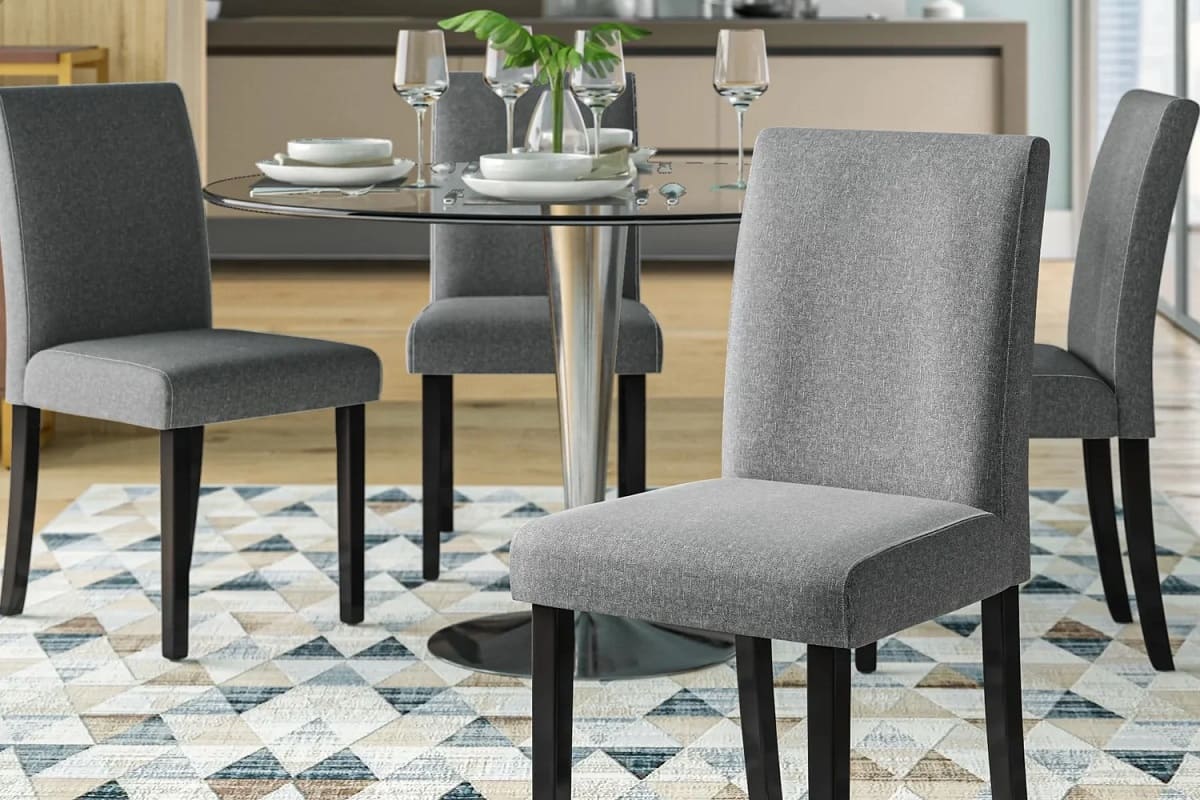
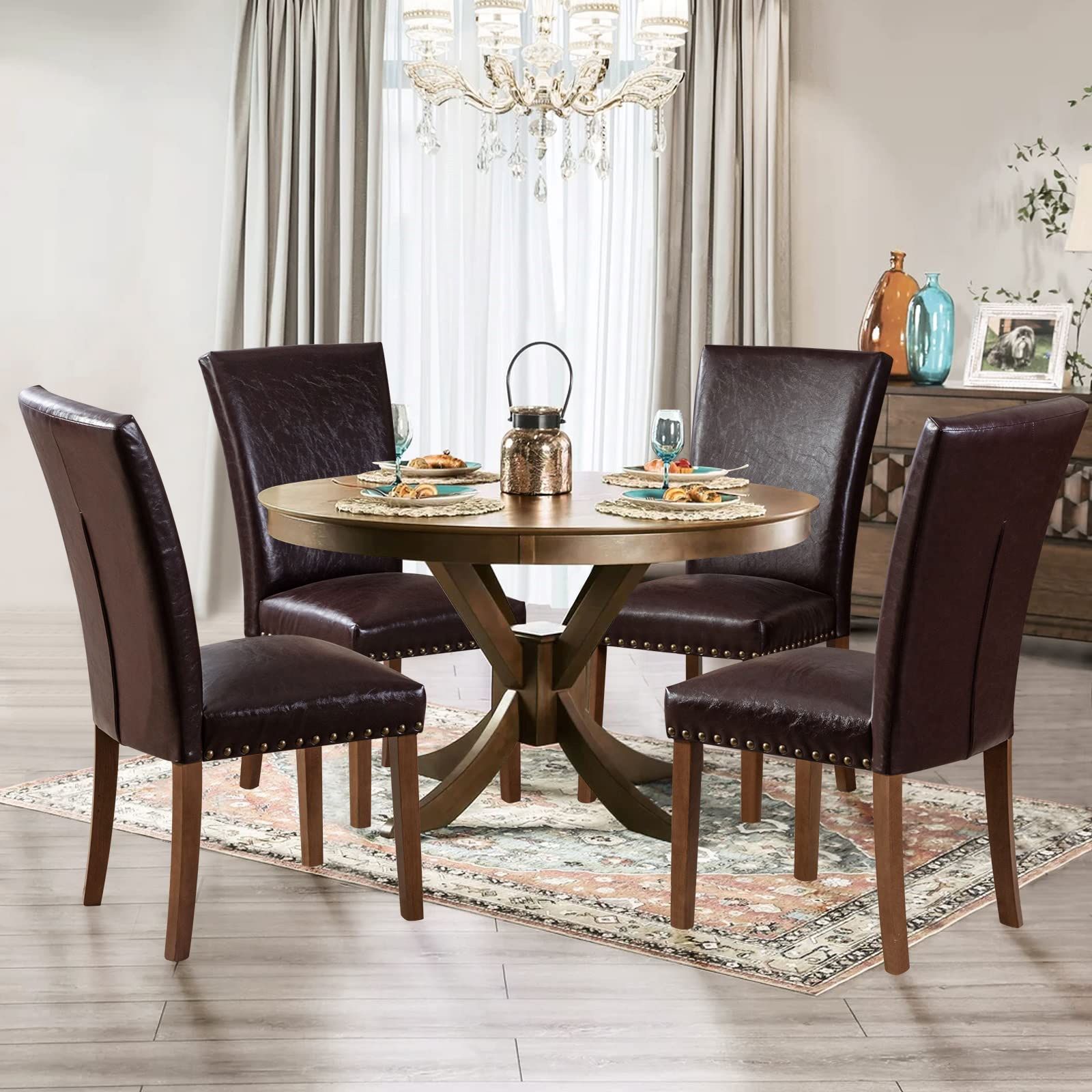
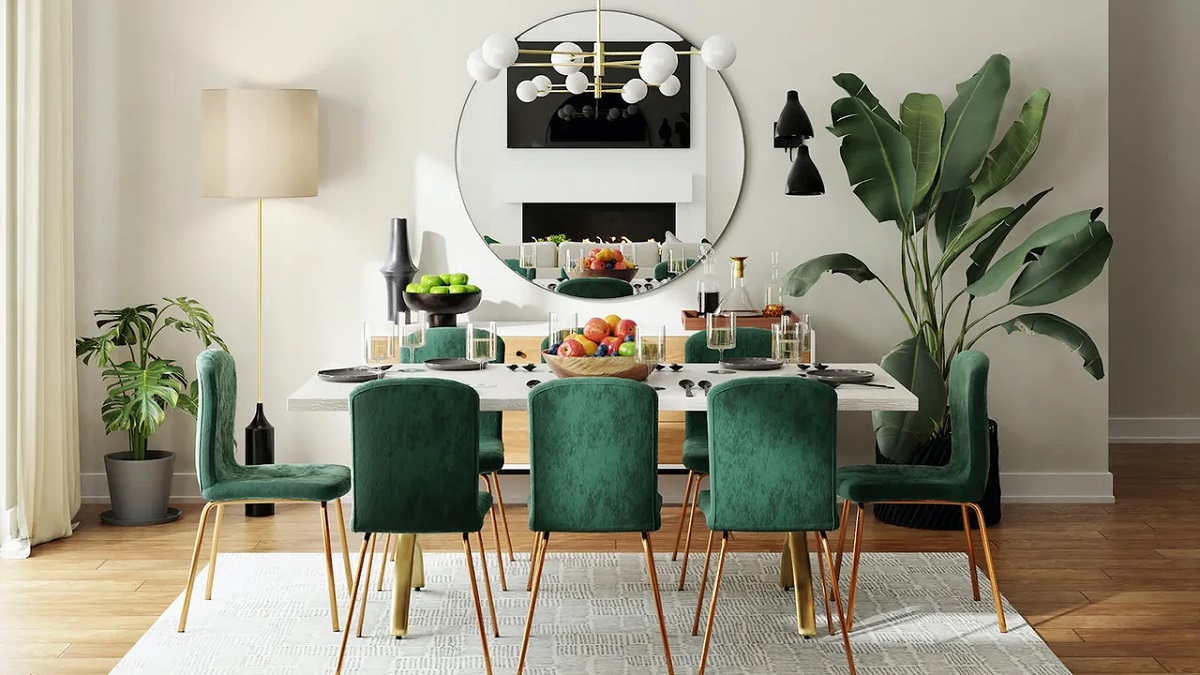

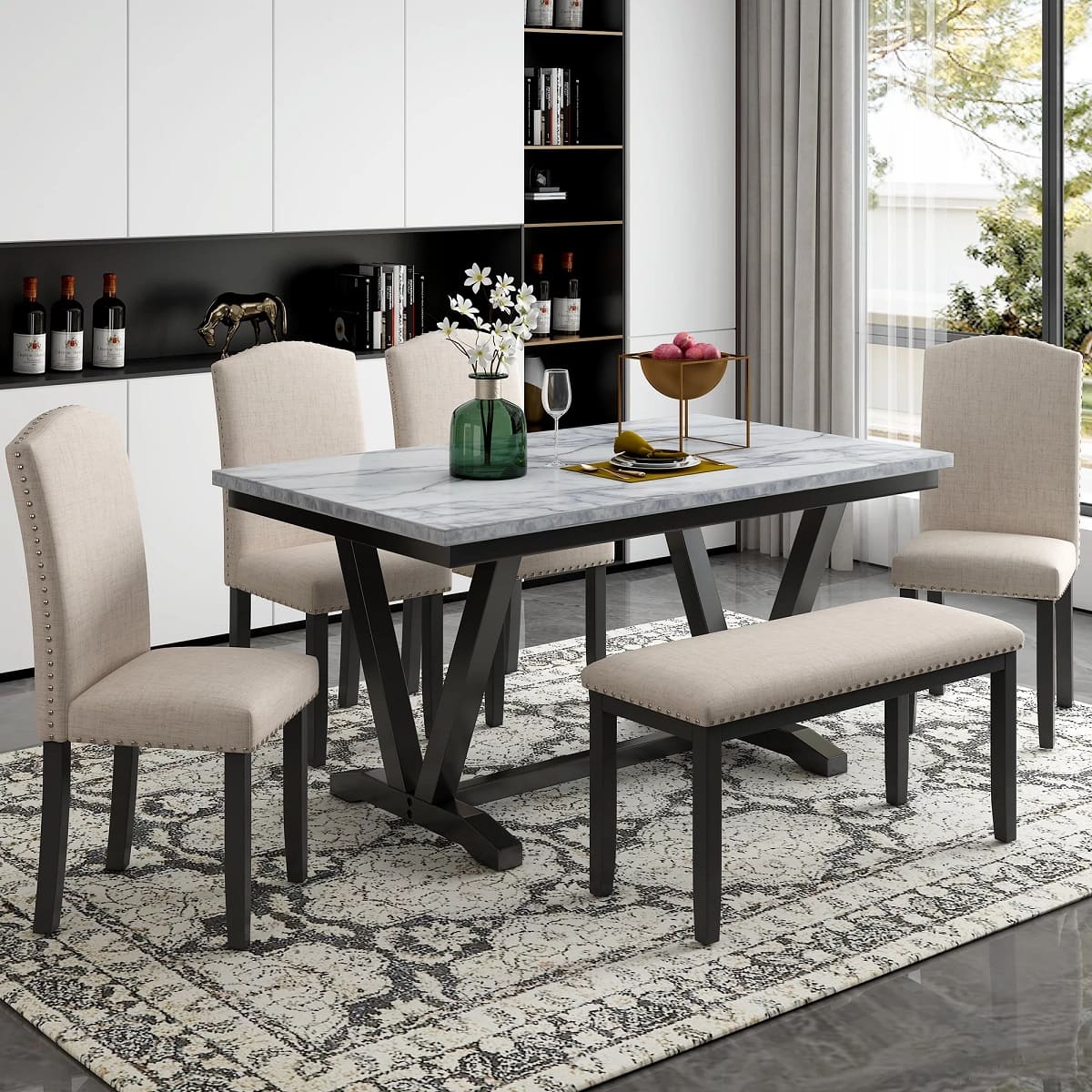
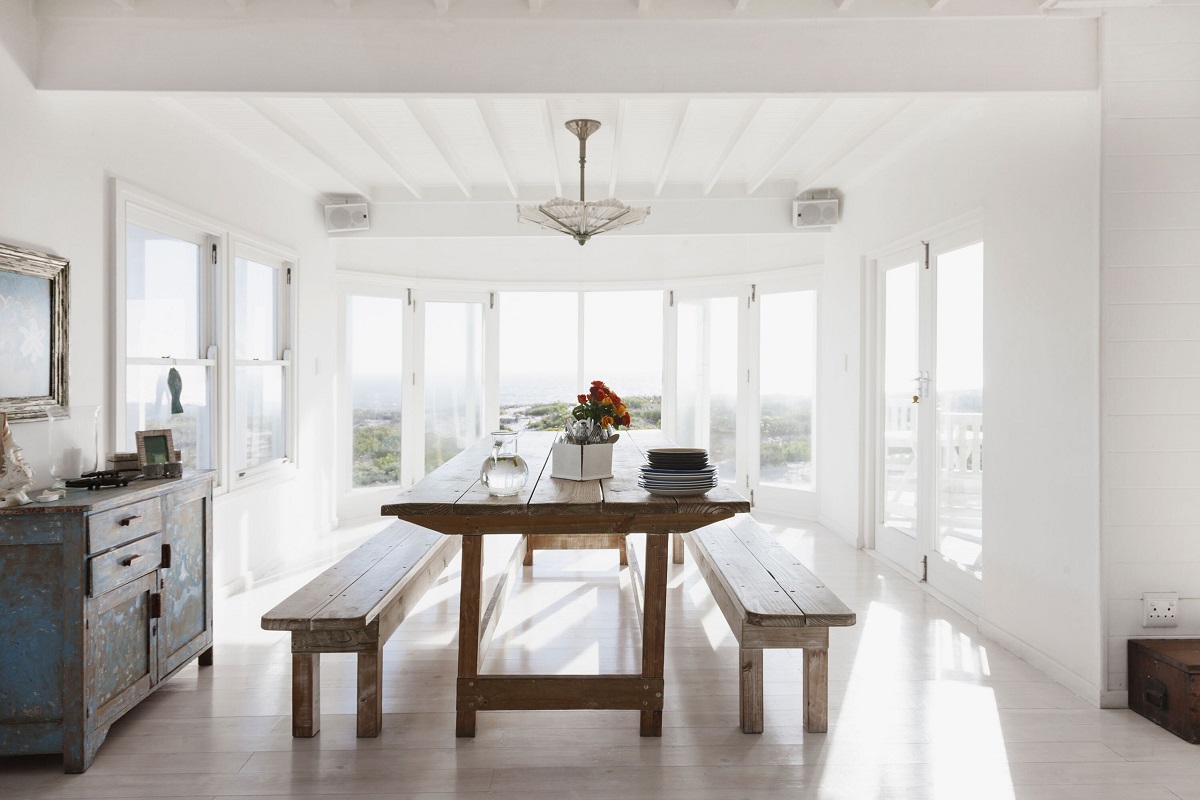
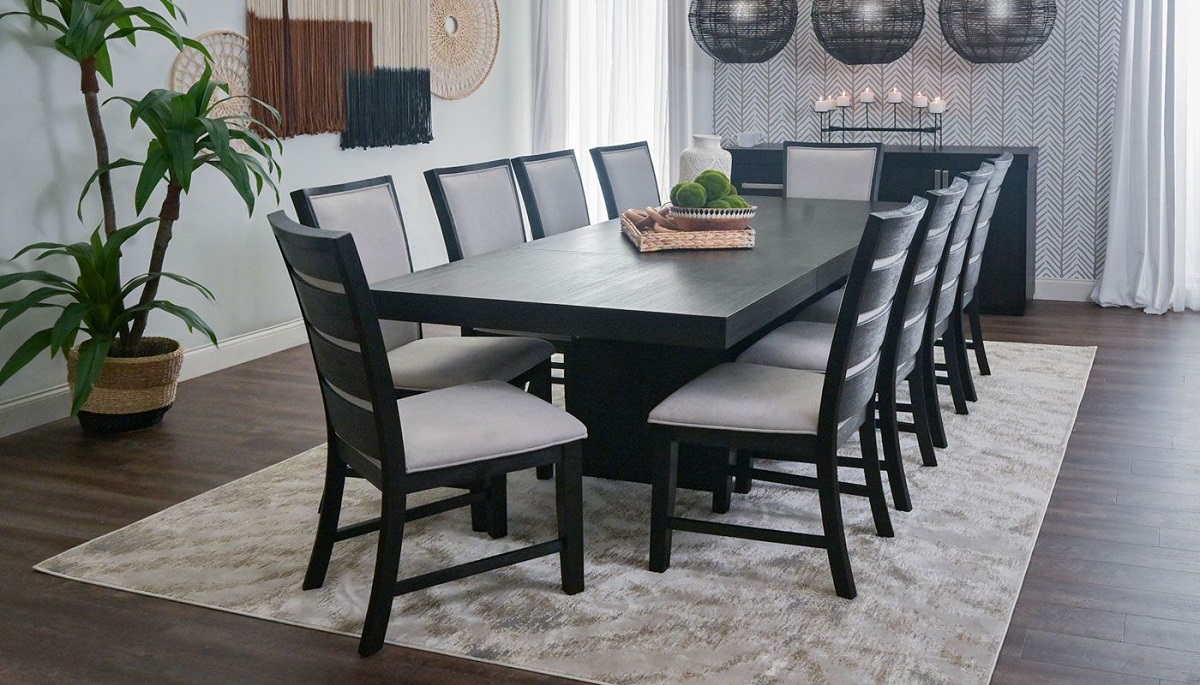
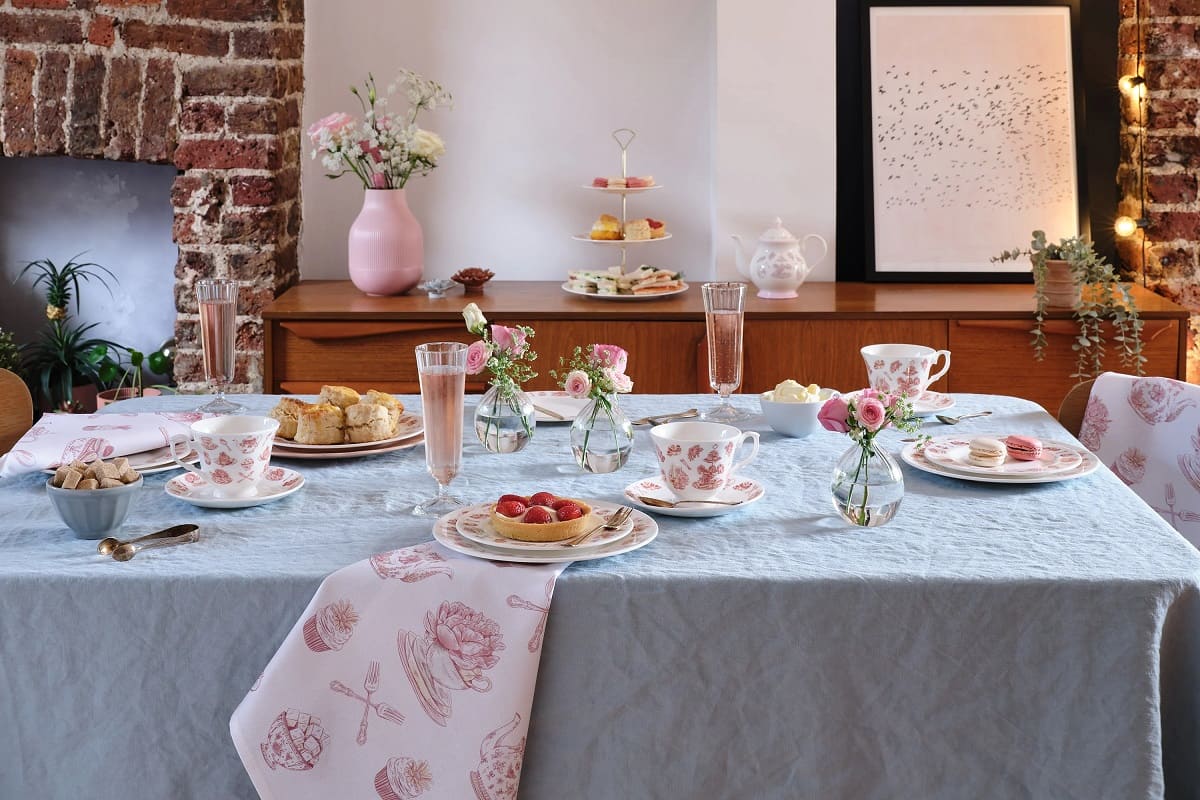
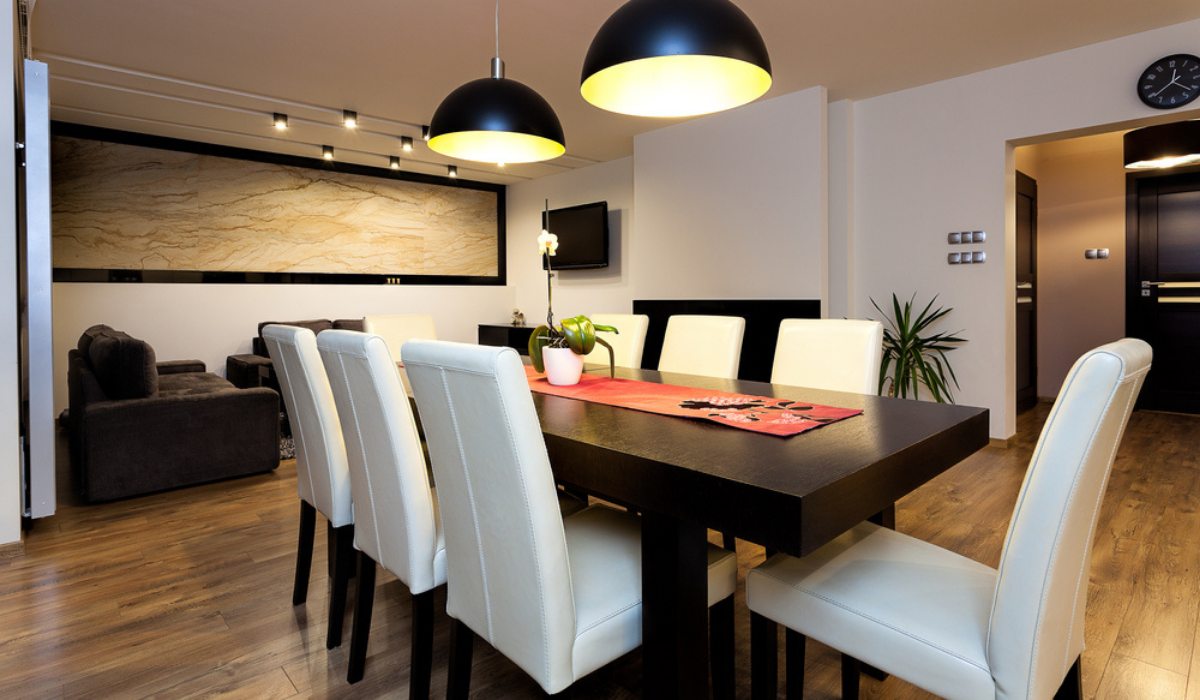
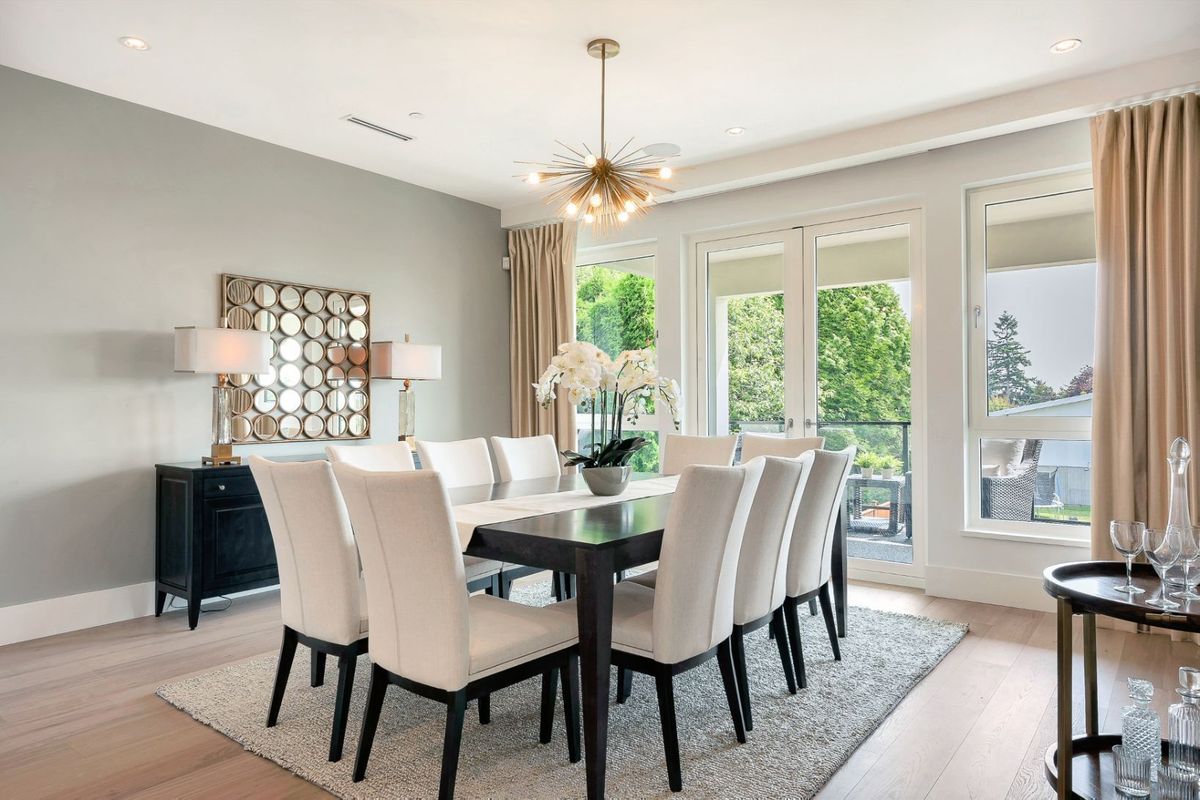
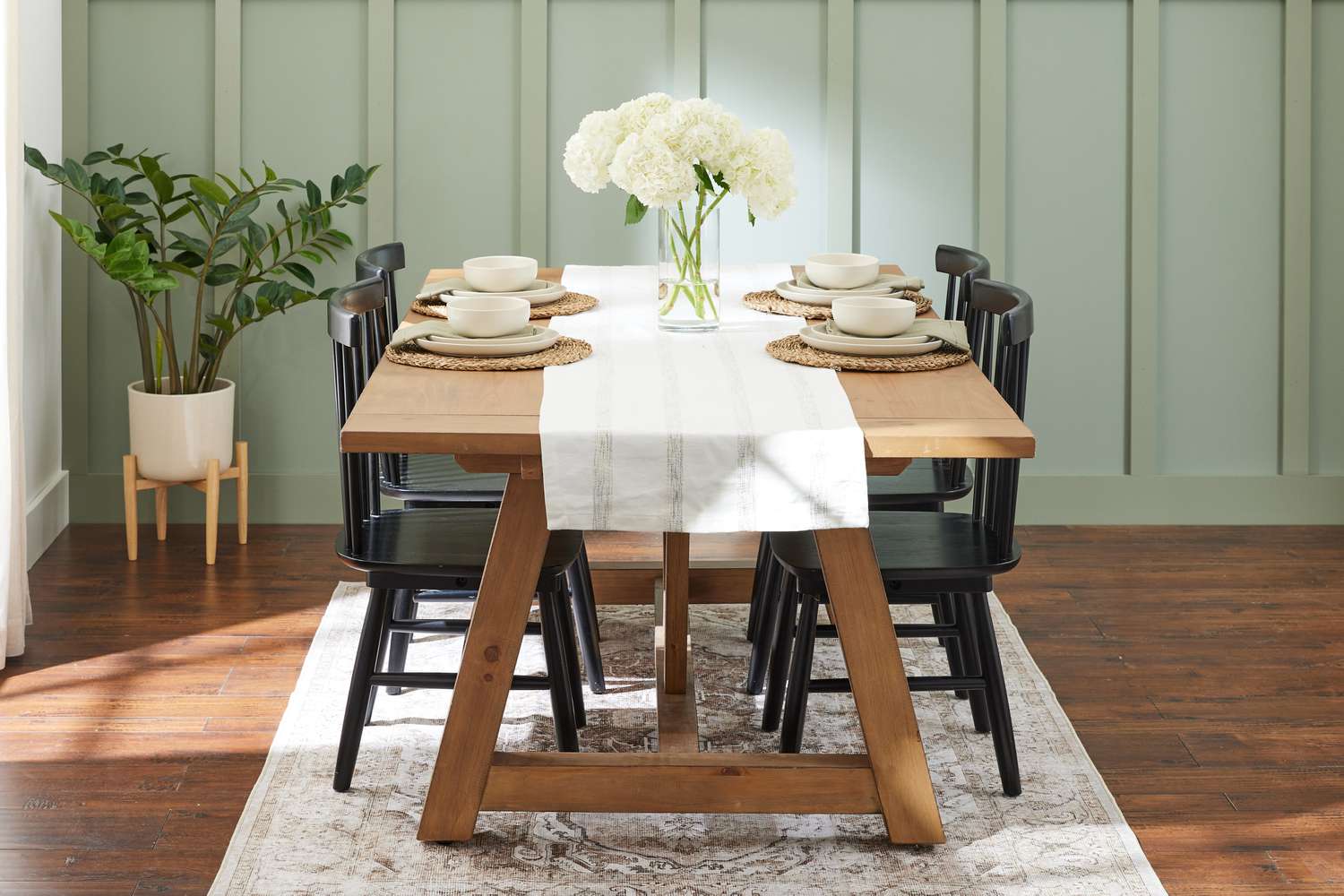
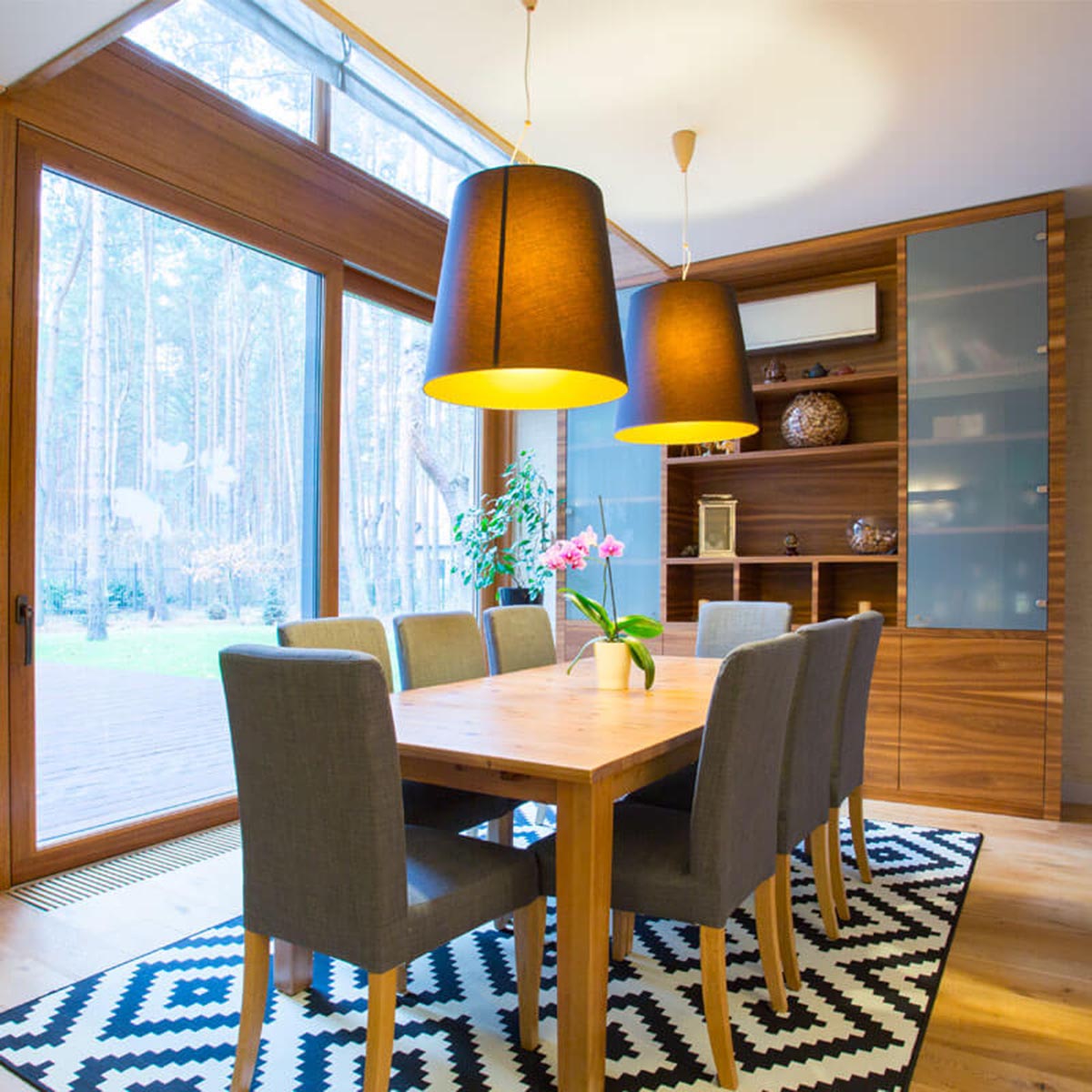
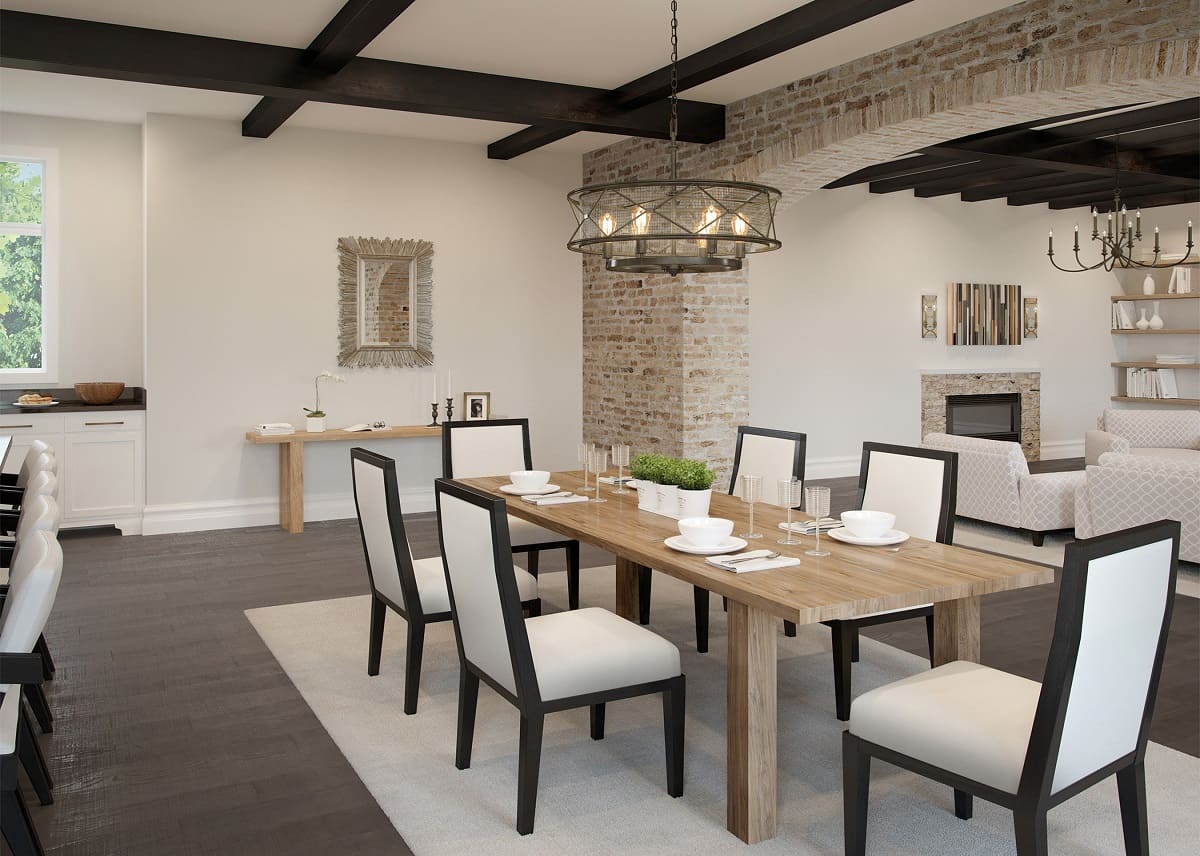
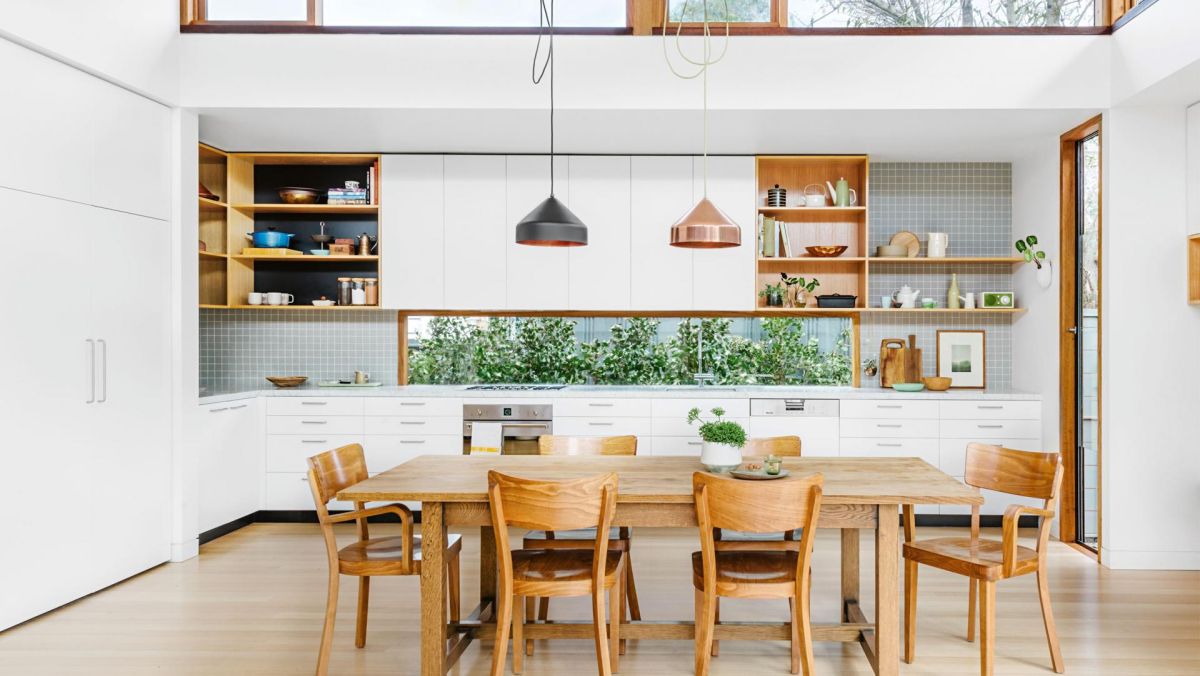

0 thoughts on “How Thick Should A Dining Table Be?”